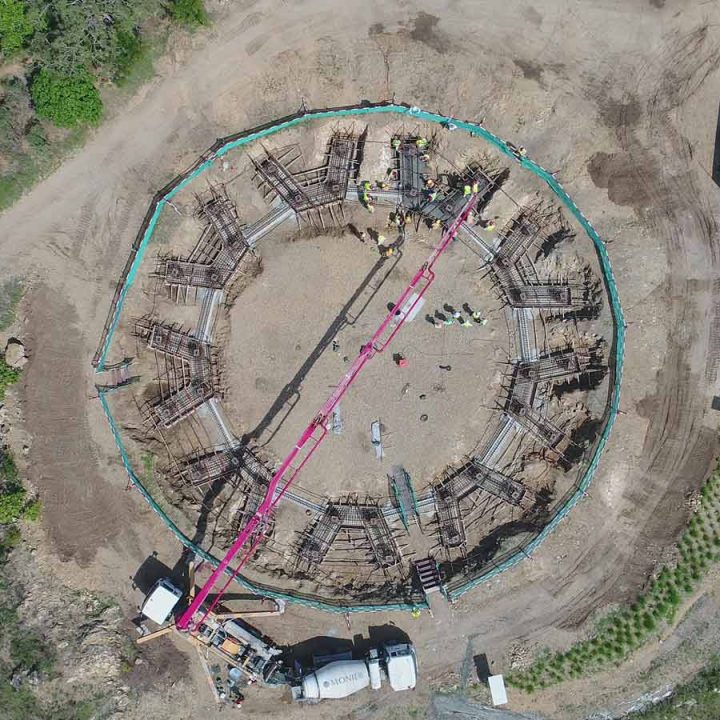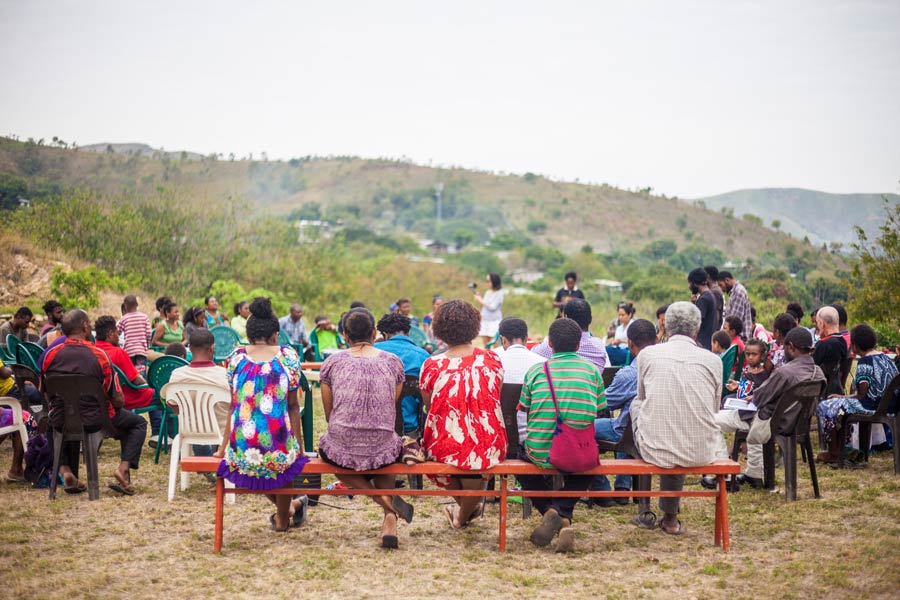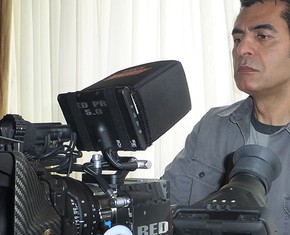Construction is advancing on the national Baha’i House of Worship for Papua New Guinea, which is being built in Port Moresby.

Already, the excavation work is completed, and the Temple’s foundation is now being laid. The foundation is expected to be complete by December, and work on the steel superstructure will begin in January.
The Temple is the first to be designated as a national Baha’i House of Worship, being for the population of an entire country. The start of the construction for the Papua New Guinea Temple follows the completion in 2016 of a century-long endeavor to build continental Baha’i Houses of Worship and the inauguration of two local Houses of Worship in 2017 and 2018.
Featuring a weaving pattern that is a universal element of Papua New Guinea culture, the Temple’s design was unveiled last year on Naw-Ruz, the Baha’i New Year.

“The design is based on the idea of unity,” explains Confucius Ikoirere, the Secretary of the country’s Baha’i National Spiritual Assembly. In this diverse Pacific Island nation, where hundreds of languages are spoken and thousands of different cultural groups exist, weaving is a common act, Mr. Ikoirere adds. “We all use weaving to decorate our homes. We all use woven baskets. We sleep on woven mats. Weaving is found everywhere. It’s a symbol of unity.”
“And the House of Worship is an ultimate symbol of unity, where everyone is welcome for prayer and meditation.”
After receiving formal approval from National Capital District’s building board in August to commence construction, the Baha’i community held a simple dawn prayer gathering at the Temple site in September and soon after began construction work. Since then, the efforts have been progressing steadily.
“People are learning that this Temple is not just for the Baha’is,” says Henry Lape, one of the Temple’s architects. “The House of Worship belongs to the community. Everyone and anyone can come here to meditate and pray.”
The project has garnered support from local residents and government officials.

“It’s a beautiful design that will attract visitors and lift the city’s landscape,” Minister for Lands and Physical Planning John Rosso explains in a recent meeting with representatives of the Baha’i community. Minister Rosso, among other government officials, has visited the Temple site, which is located on the same property as the Baha’i community’s national offices.
The central edifice will have nine gabled-roof entrances made of timber. Located on a hilltop in the country’s sprawling capital city, the House of Worship will include gardens and other spaces – in addition to its central edifice – for quiet mediation and prayer. Port Moresby’s city manager, Bernard Kipit, notes that “such structures are needed in the capital city.”
The site has already been serving as a place for prayer, adds Saeed Granfar, Mr. Lape’s co-architect. “There is a great sense of reverence by the community toward the House of Worship site. Whenever people would come to visit, there would be a visible change in pace, demeanor, and attitude when approaching and spending time close to the location of the central edifice.”
Plans for the Papua New Guinea Temple were announced by the Universal House of Justice in its Ridvan 2012 message. Around the world, there are currently 10 Houses of Worship. Communities are learning how these sacred structures reflect the spiritual aspirations of a people and inspire service aimed at transforming society.
















Comments
Sign in or create an account
Continue with Googleor